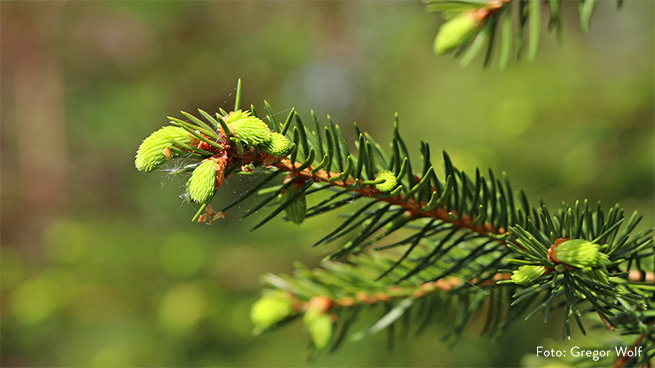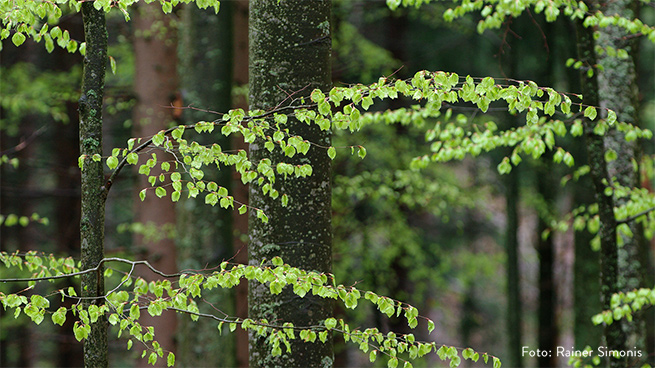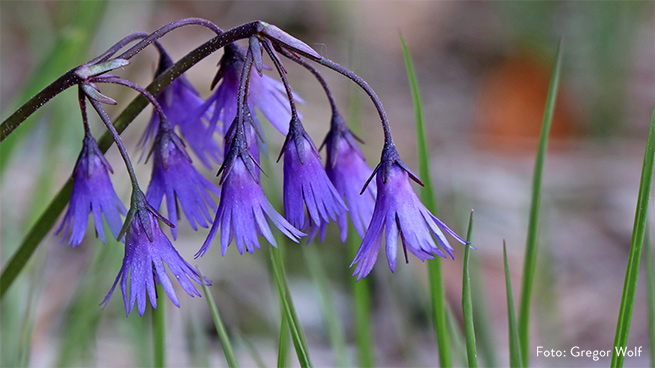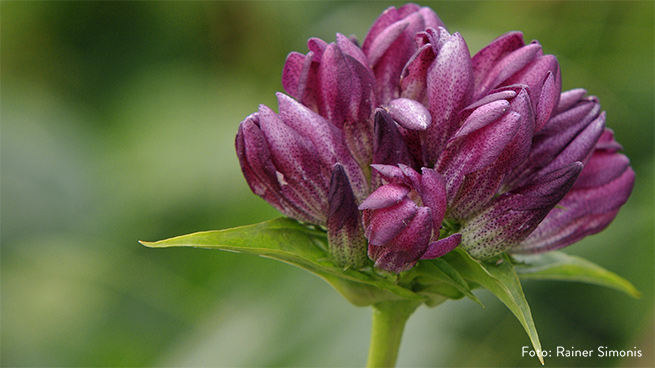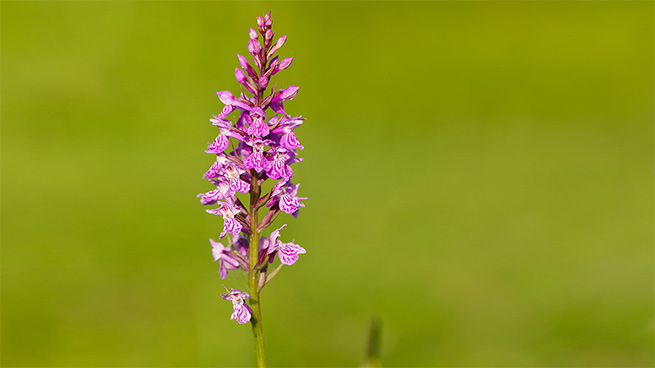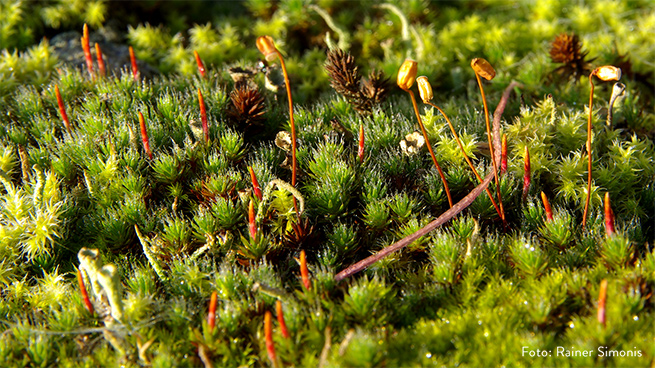
Bayerischer Wald
Plants
Enormous trees, colorfully flowers or inconspicuous mosses: the national park’s different habitats are biosphere for thousands of plants. Among them are true rarities, which are found rarely throughout Germany. But also more unspectacular species can become important catalysts for biodiversity due to the national park philosophy “Let nature be nature”. Spruce or European beech, the most common trees in this area are two of them.
Even though the mostly planted spruce occurs in almost any mid European country, there are almost no natural spruce forests as they are in the higher altitudes of Bavarian Forest National Park. Further, our stock’s special feature is, that natural occurrences like windthrow and bark beetle infestation can take place without human impact. On the one hand, this ensures that there is great natural rejuvenation. On the other hand, deadwood is both, habitat and nourishment for hundreds of animals, plants and fungi. Similar things can be observed in beech. Within the national park, deciduous trees can grow old and die slowly. Thus they become a biotope of endangered species that are specialized in old or dead wood. In commercial forests, this resource is not available.
Let’s take a look at the colorful flowering plants. A special one is the mountain tassel flower. It is characteristic throughout the area and pretty rare too. After snowmelt it can be found almost everywhere in the national park. Hungarian gentian or greater wood-rush are exceptional representatives of this very flora as well.
The region bears special responsibility for leathery moonwort. This extremely endangered fern only occurs in the Bavarian Forest and is therefore supported by nature conservation measures.
The variety of moss is diverse. Our surveys have shown that over 40 percent of mosses found in Germany occur in the Bavarian Forest National Park, including rare exotics, such as the alpine bristle-moss, “Verstecktes Spatenmoos” or soft bog-moss.
